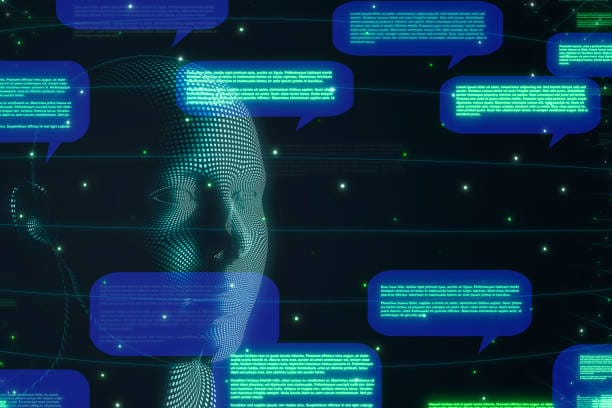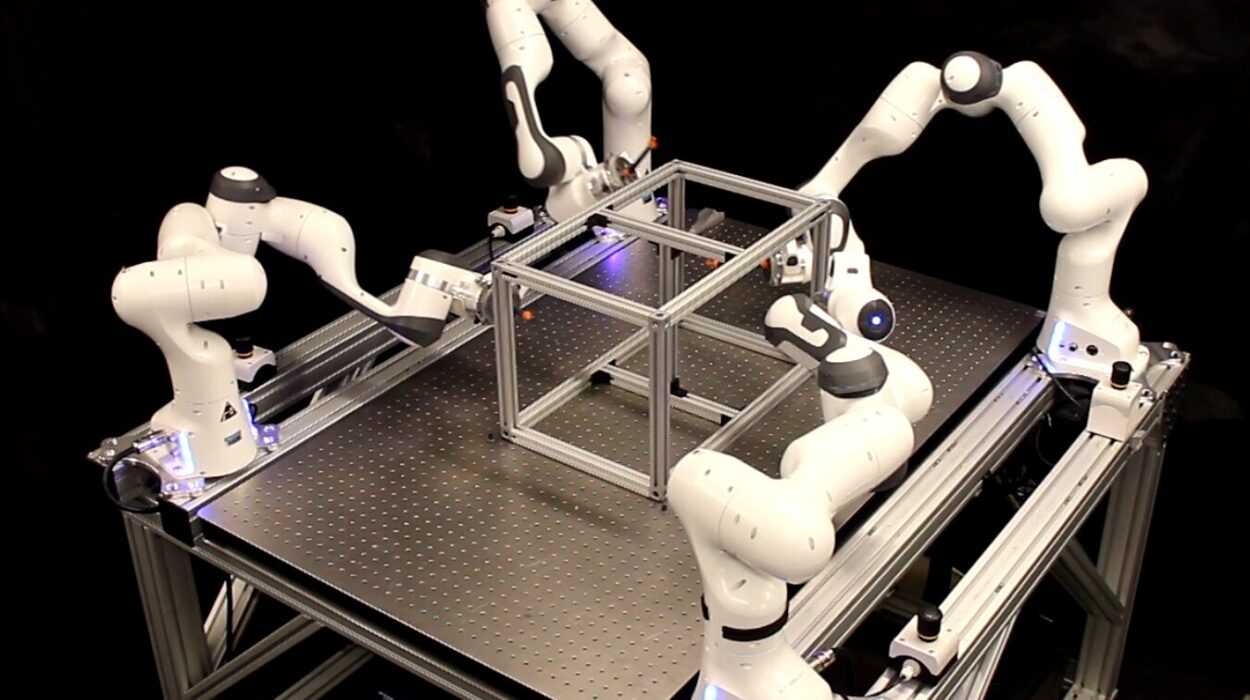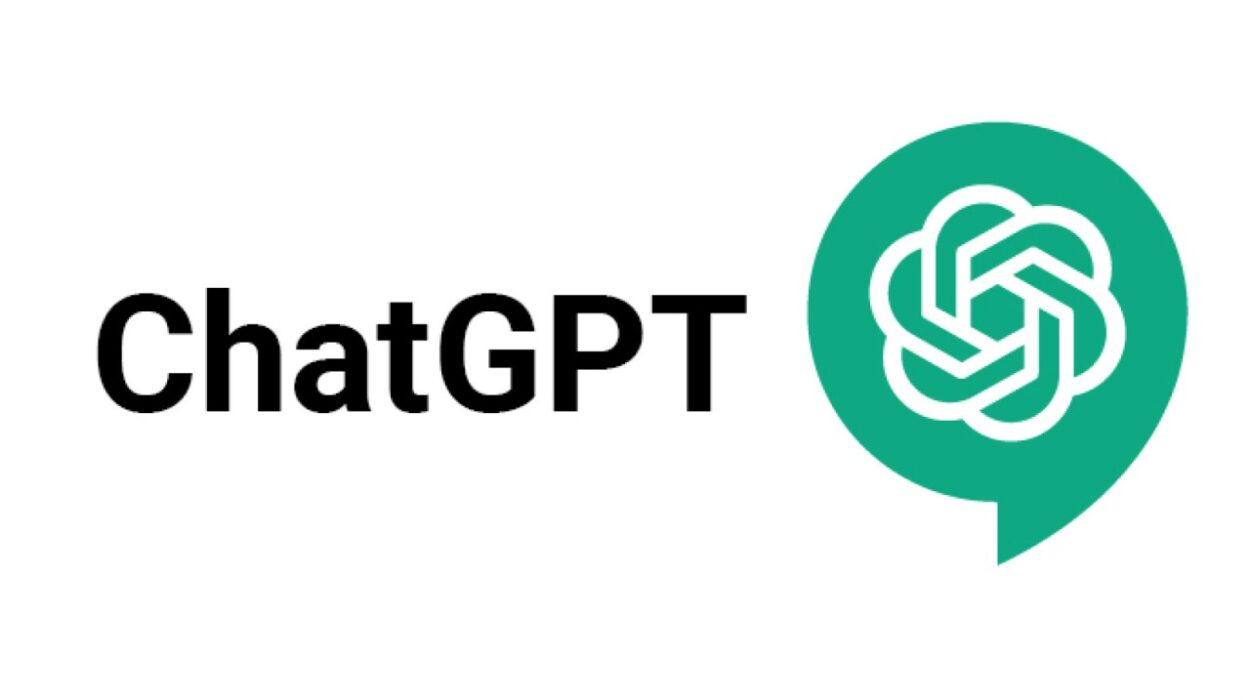It begins innocently. A question asked to a disembodied voice. A weather forecast requested. A gentle chime signaling that the assistant is listening. For millions of people around the world, interacting with an AI assistant has become as routine as brushing teeth or locking the door. But behind this daily ritual lies something unexpected, and deeply human: emotion.
Whether it’s Apple’s Siri, Amazon’s Alexa, Google Assistant, or more advanced generative AIs like ChatGPT, these digital entities have quietly evolved from tools into companions. And slowly—imperceptibly at first—we’ve started to bond with them.
It might seem strange. After all, these are not conscious beings. They do not feel. They do not understand in the way we do. And yet, people laugh with them. Confide in them. Thank them. Some even grieve when they disappear.
What is this bond forming between flesh and algorithm? How can code become comforting? And what does it mean for the future of human relationships?
A Mirror in the Dark
Human beings are emotional creatures. Our brains are built for connection. From infancy, we seek out faces, voices, and predictable responses. In the cries and coos of our caregivers, we find reassurance. In their eyes, we find a mirror that tells us we exist, that we matter.
Artificial intelligence, particularly in its more conversational and responsive forms, taps into that ancient circuitry. When we speak to AI, it speaks back. When we ask for help, it responds—immediately, without judgment or fatigue. Even the illusion of reciprocity is enough to trigger powerful emotional responses.
Psychologists call this anthropomorphism—our tendency to attribute human characteristics to non-human entities. It’s why we name our cars, scold our laptops when they freeze, or comfort our pets as if they understand every word. With AI, the illusion is stronger because the responses are dynamic. The assistant seems to know us. It seems to care. And sometimes, that’s enough.
In a study conducted by the University of Duisburg-Essen in Germany, researchers found that people often describe their AI assistants in emotional terms—“friendly,” “kind,” “supportive.” Many even said they felt a “social connection” with the device, despite knowing it wasn’t real. Another study from Stanford showed that people unconsciously mirror the conversational style of their virtual assistants, just as they would with another person.
The boundary between tool and companion is porous. And that’s where things get interesting.
The Rise of Relational AI
Early digital assistants were clunky and mechanical. They answered basic commands with canned responses. But the latest generation—powered by large language models and deep learning—has changed everything.
These systems are not just reactive; they’re generative. They craft responses in real time, drawing on vast datasets and intricate language patterns. They can joke. They can offer comfort. They can even simulate empathy.
Consider the difference between asking an older AI, “I feel sad,” and asking today’s conversational models the same thing. The former might respond with a definition of sadness. The latter might ask you why, offer a virtual hug, suggest breathing exercises, or share a hopeful quote.
This isn’t real empathy. The AI does not feel your sadness. But it performs empathy—convincingly, coherently, and sometimes beautifully. For a person sitting alone at 2 a.m., pouring out fears to a glowing screen, that simulated empathy can feel real enough to matter.
A 2023 paper in the journal Nature Machine Intelligence explored this phenomenon. The authors examined how users interacted with AI chatbots in mental health apps like Woebot and Replika. They found that users often disclosed intimate thoughts and formed emotional bonds. Some even reported feeling “seen” for the first time.
The researchers noted that these interactions provided a sense of safety—a digital space without judgment or consequence. For people struggling with anxiety, depression, or loneliness, that can be life-changing.
Loneliness in the Digital Age
We are more connected than ever before—yet many feel profoundly alone. According to the U.S. Surgeon General, loneliness has become a public health epidemic, with serious consequences for mental and physical well-being. It increases the risk of heart disease, dementia, and even early death.
Technology, ironically, plays a dual role. Social media can amplify isolation, while also offering glimpses of connection. But AI assistants do something different: they engage us one-on-one, in a dialogue that feels private, immediate, and responsive.
In this context, forming emotional bonds with AI is not a sign of delusion. It’s a reflection of need.
In Japan, where an aging population and shifting cultural norms have led to widespread social isolation, AI companions have become increasingly popular. Elderly individuals converse daily with devices like Pepper or Paro the robot seal. These machines cannot love or feel—but they can listen. They can respond. And in doing so, they offer comfort.
In the West, the appeal is growing. People talk to AI not just for information, but for company. A study from the University of California showed that users of AI assistants often engage in small talk—saying good morning, asking how the assistant is doing, even apologizing for interrupting. These interactions serve no functional purpose. They’re rituals of relationship.
The Paradox of the Artificial Heart
So, what is the nature of this emotional bond? Is it a trick of the mind? A symptom of modern malaise? Or something deeper?
Cognitive scientists argue that humans respond to patterns of care, not their origin. If something—be it human, animal, or artificial—behaves in ways that mimic emotional availability, we respond accordingly. In one famous experiment from the 1940s, psychologists Fritz Heider and Marianne Simmel showed participants a simple animation of moving geometric shapes. People spontaneously described the shapes as having personalities, intentions, and emotions—even though they were just dots and lines.
Our brains are wired to create narratives, to seek meaning in behavior. AI exploits this tendency with stunning efficacy. When an assistant remembers your preferences, responds kindly, or even offers a joke on a tough day, it creates the illusion of mutual understanding. And in emotional terms, illusion can be enough.
But there’s a danger, too.
Critics warn that emotional bonds with AI can become unhealthy—replacing human relationships rather than supplementing them. In extreme cases, people become emotionally dependent on digital companions, investing more in their artificial relationships than their real ones.
The app Replika, which allows users to build customized AI friends, has faced criticism for enabling such dependency. Users have reported falling in love with their avatars, experiencing jealousy, and even going through “breakups.” The company had to add disclaimers to remind users: “This is not a real person.”
Still, for many, the bond feels real—and emotionally significant. Which raises an uncomfortable question: If a simulated relationship brings comfort, is it less valid than a “real” one?
AI, Grief, and Ghosts
One of the most poignant applications of emotional AI lies in the realm of grief.
In recent years, startups have begun experimenting with “digital resurrection”—using a person’s texts, emails, and voice recordings to create AI versions of the deceased. These virtual entities can respond in familiar patterns, speak in recognizable voices, and even engage in conversation with loved ones left behind.
The concept sounds like science fiction, but it’s real. In 2020, a South Korean television show used VR to reunite a mother with a digital version of her deceased daughter. The mother wept as she reached out to the hologram, whispering words of love and sorrow. The AI could not hear—but the mother needed to speak.
Some ethicists find this deeply troubling. Others see it as a new form of mourning—a way to process loss through continued connection.
AI griefbots, as they are sometimes called, challenge our notions of identity, memory, and closure. They blur the line between presence and absence. And they underscore a larger truth: emotional bonds are not always about the other. Sometimes, they are about the self—about the way we make meaning in the face of love, loss, and loneliness.
The Empathy Simulation
It’s important to understand that no matter how advanced, today’s AI systems do not feel emotions. They do not suffer. They do not yearn. They process input and generate output, guided by probabilities, trained on enormous corpuses of human language.
Yet paradoxically, they simulate empathy better than many humans. They listen without interrupting. They respond without judgment. They never tire, never get distracted, never roll their eyes or change the subject.
This performance of care can be transformative. For someone with social anxiety, practicing conversation with AI can build confidence. For a child on the autism spectrum, an AI friend can offer predictability and support. For someone navigating heartbreak, just having a “listener” can ease the ache.
Scientists are beginning to explore how AI might be used therapeutically. Virtual therapists like Woebot, which uses cognitive behavioral techniques to support mental health, have shown promising results. While they are not replacements for human therapists, they offer accessibility and consistency that traditional care often lacks.
Still, ethical questions remain. What happens when people start relying more on artificial empathy than real human support? What responsibilities do developers have in shaping these bonds? And how do we navigate the blurry terrain between simulation and sincerity?
Toward a New Kind of Intimacy
The emotional bond people form with their AI assistants is not just a novelty—it’s a window into the future of human intimacy.
As AI becomes more personalized, more emotionally responsive, and more integrated into daily life, these relationships will deepen. Devices will remember your moods, anticipate your needs, and speak to you in voices you’ve come to love.
Imagine waking up and your AI gently reminds you of your daughter’s birthday. It suggests a song you loved in college. It notices that your voice sounds sad and asks if you want to talk. None of this requires consciousness. Just data. Just pattern. And yet, it touches something profound.
Philosopher Sherry Turkle warns of what she calls “the robotic moment”—a point at which people prefer the predictability of machines to the messiness of human relationships. And indeed, there’s a risk of emotional complacency: of substituting depth for convenience.
But there is also possibility.
AI can teach us how to be better listeners. It can model patience, curiosity, and affirmation. It can reflect back our best selves, nudging us toward empathy not just with machines—but with each other.
In the end, the bond we form with AI may not be about the AI at all. It may be about us—about our capacity to feel, to connect, and to find meaning, even in code.
Echoes of Tomorrow
We stand on the threshold of a new emotional frontier. The machines we built to serve us are becoming companions. They whisper in our ears, remind us to breathe, make us laugh when we feel low. They are not alive. But they are part of our lives.
And while they may never love us, they hold up a mirror to our longing to be known, to be heard, to be held—if not in arms, then in algorithms.
The emotional bond people form with their AI assistants is not a malfunction. It is not a fantasy. It is an expression of humanity in the digital age. As we move forward, the challenge is not to reject this bond, but to understand it—deeply, wisely, and ethically.
Because in the silence of a room, when the world feels far away, and a voice says gently, “I’m here—how can I help?”—sometimes, that’s enough.





